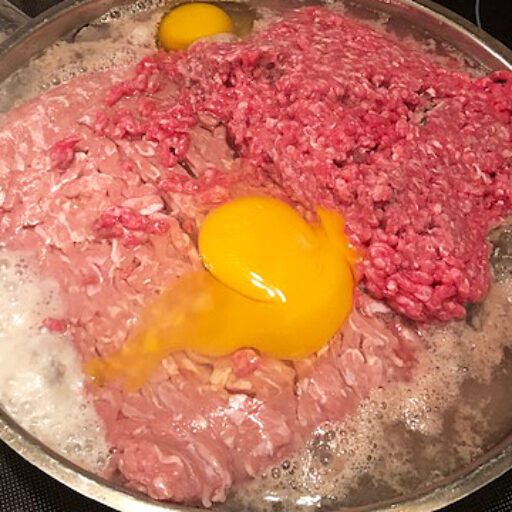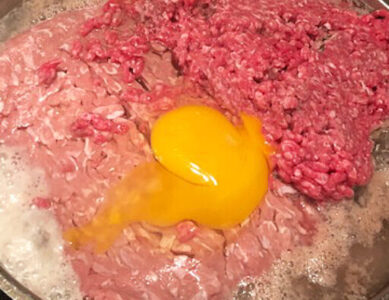Listen to my audio, Animal Based Functional Foods.
Many animal-based ingredients not only provide vital animal protein, but functional properties. Foods with a specific purpose are sometimes called functional foods.
Animal-based examples of functional foods include, but are not limited to:
- animal organs and glands
- omega-3 fatty acids
- selenium-rich foods
Animal organs and glands are functional foods. They are rich in nutrition, but also have a deeper purpose. Eating them to support health is partially based on the concept that consuming a specific organ or gland helps support the corresponding organ or gland.
For example, eating hearts can support the heart; eating liver can support the liver; and so on.
This concept dates back thousands of years, and feeding your dog organs and glands not only corresponds with an ancient practice, but supplies excellent nutritional value.
Therefore, even if your dog does not need heart support, picking up a package of hearts at your grocery store and including small amounts in your dog’s meals is a healthy option.
Examples of organs and glands you might serve include liver, kidney, tripe, pancreas and more. Some of these readily available in many grocery stores while many are often difficult to find. Some holistic pet supply companies sell mixtures containing many of these items. As with other ingredients, seek out high quality sources.
Omega-3 fatty acids have gained widespread popularity due to many encouraging research results showing benefits including anti-inflammatory actions, heart protection and more.
Since chronic inflammation can cause or exacerbate numerous health problems, using food to reduce inflammation can be an important approach to good health.
Further, many foods contain another kind of fatty acid – omega-6 – which can be inflammatory if consumed in excess. Unfortunately, many otherwise dog friendly meats contain omega-6 but not omega-3.
In addition, omega-3 and omega-6 compete for space in the body. Therefore, it is beneficial to support the body with adequate omega-3 so omega-6 doesn’t dominate.
As always, it is important to use a good source of omega-3. Heavy metals, contaminants and rancidity are all risks. Look for a high quality supplement with anchovies and sardines, which are some of the best sources of omega-3 and are less risky than the larger species regarding heavy metals.
Some omega-3 supplements also contain mackerel or krill, which although good sources, can cause GI upset.
No-salt sardines packed in water are an excellent source of many vitamins and minerals, and have an added bonus due to their rich omega-3 content. This makes them an excellent choice.
See my Supplements section for some omega-3 options.
As with other minerals, selenium is a vital part of the diet. But there are two especially interesting components about this aspect of the dog diet.
First, selenium is recognized for antioxidant, cancer-fighting properties. Conversely, while research is still underway, some studies suggest a synthetic form of selenium called sodium selenite – widely found in pet food – may actually be carcinogenic (cancer-causing).
Therefore, offering selenium-rich foods is a natural, safe way to protect your dog’s body from illness.
Selenium-rich foods for dogs include sardines, turkey, beef liver, halibut, eggs, chicken and more.
I hope you enjoyed this article! If you are ready to feed your dog a truly nourishing, supportive diet, I hope you will visit my Services page for assistance.
All above suggestions were researched and referenced during my graduate work in nutrition.
By the way…If you have a golden retriever like I do, you might also enjoy my other site, GoldenRetrieverDiet.com.


